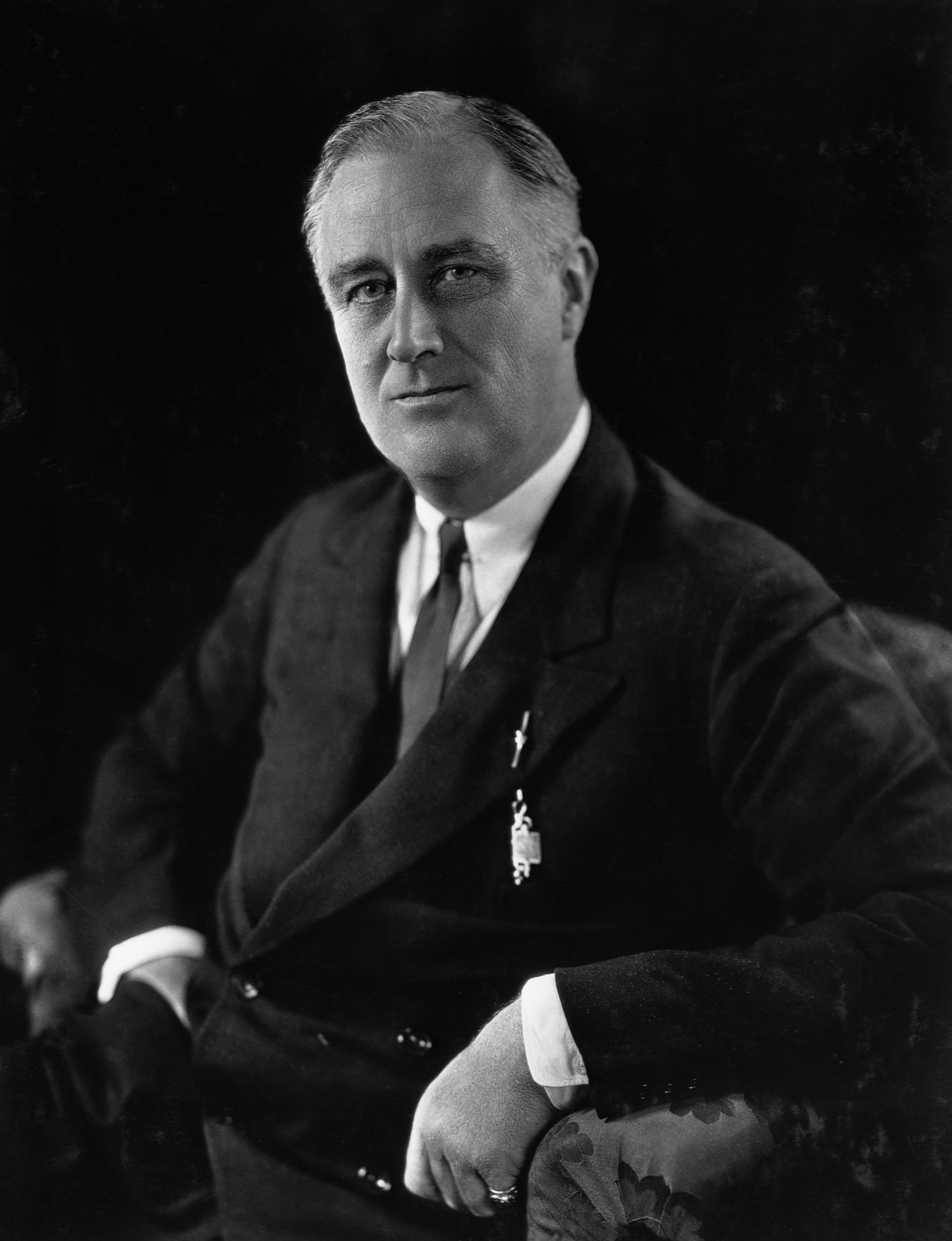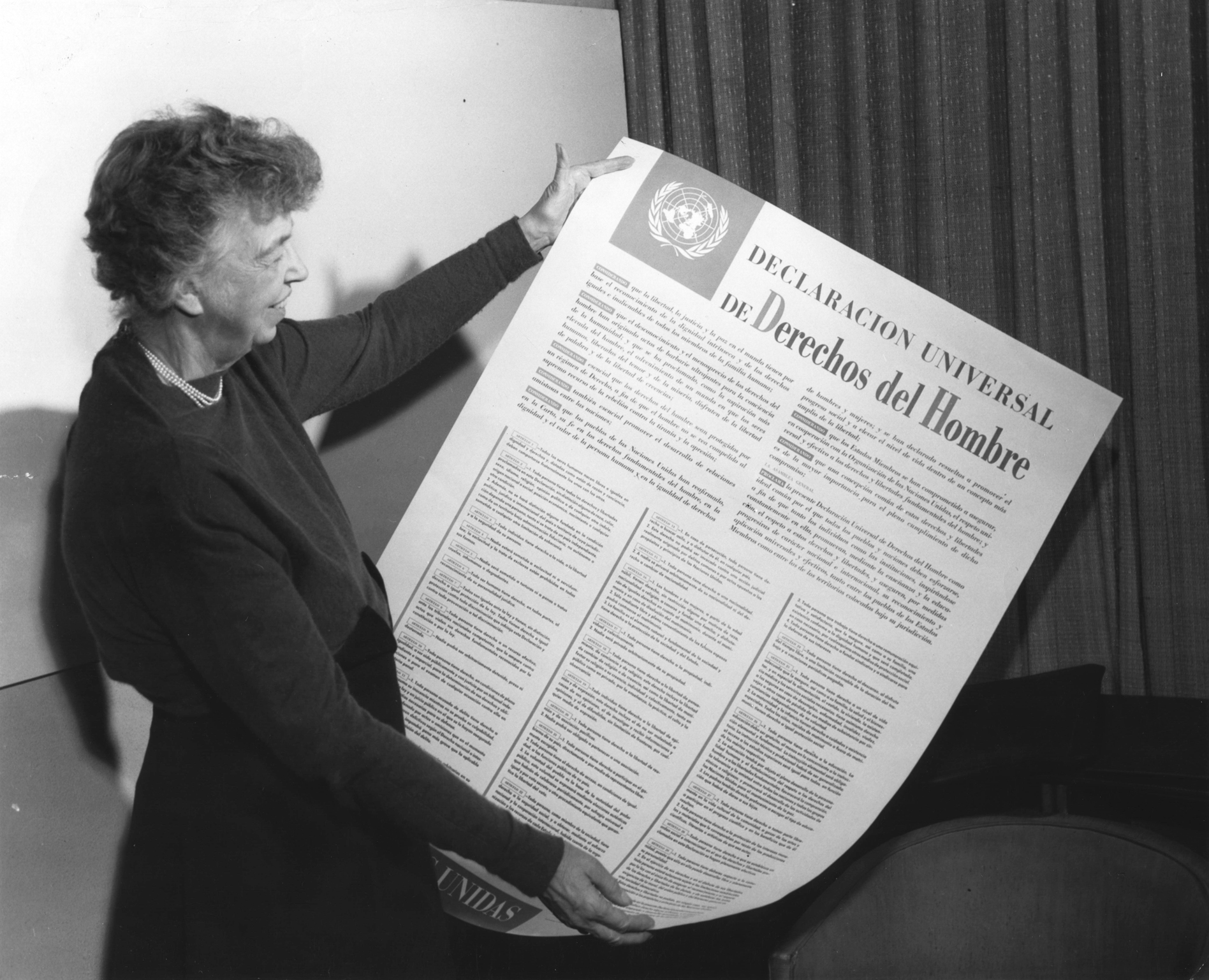Dec. 10 marked the 65th anniversary of Human Rights Day. In 1948 the United Nations General Assembly adopted a the Universal Declaration on Human Rights, a declaration that enumerated a universal standard for the way that human beings should be treated. The declaration consists of a preamble and 30 articles. Additional Human Rights Covenants have been adopted in subsequent years. Although the Declaration itself is not a binding document, it has inspired more than 60 human rights instruments, which in sum have been a major part of forming an international standard on human rights
- Franklin Delano Roosevelt (Courtesy of History.com)
Human Rights Day was first established by the UN General Assembly in 1950. Each year, Human Rights day takes on a new focus. Focus in the past has been Human Rights 365 (the idea that Human Rights day should be every day) and My Voice Counts (which encouraged individuals to value and express their opinions) This years focus were the two Human Rights Covenants and Franklin Delano Roosevelt's Four Freedoms. The two covenants honored are the “International Covenant on Economic, Social, and Cultural Rights” and the “International Covenant on Civil and Political Rights,” both of which were adopted in 1966. Both of these covenants, in addition to the Universal Declaration of Human Rights, comprise the International Bill of Human Rights
Originally stated in Roosevelt’s 1941 Four Freedoms speech to US Congress, these freedoms helped guide the nation through the darkness of World War Two by envisioning a better future where every human being had access to the freedom of speech, the freedom of religion, the freedom from want and the freedom from fear. Eleanor Roosevelt, his wife, was a major player in helping FDR include his vision into the UN human rights documents.
- Eleanor Roosevelt and the Universal Declaration of Human Rights (Courtesy of Huffington Post)
FDR’s four freedoms were later expanded upon by the U.N. Division on Human Rights around 1946. Canadian John Peters Humphrey was appointed as the first director of this division, which in turn formed a Commission on Human Rights. Designed to be representative of the international community, the Commission consisted of representatives from 18 countries from all continents (minus Antarctica). Eleanor Roosevelt chaired this organization, who at this time had outlived her husband.
U.N. Secretary General Ban Ki-Moon himself has stated that “today’s extraordinary challenges can be seen - and addressed - through the lens of the four freedoms.“
Secretary of State John Kerry has said that these freedoms, “are as relevant and compellilng today as they were when Roosevelt spoke almost three quarters of a century ago.”
In honor of Human Rights Day, the U.N. held a flower laying ceremony at Four Freedoms Park in Roosevelt Island New York.
Originally publish on CoreyEngelen.org



No comments:
Post a Comment